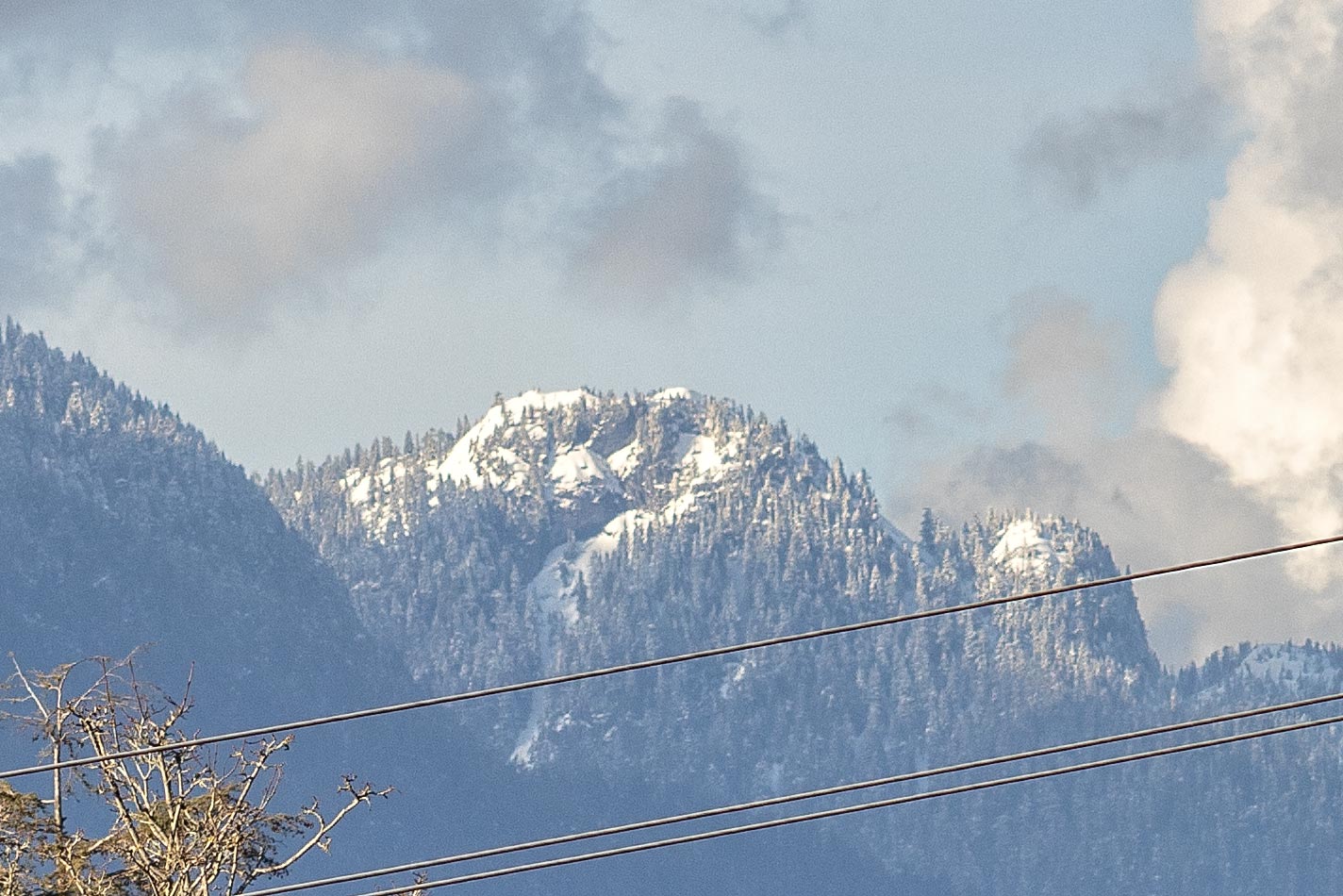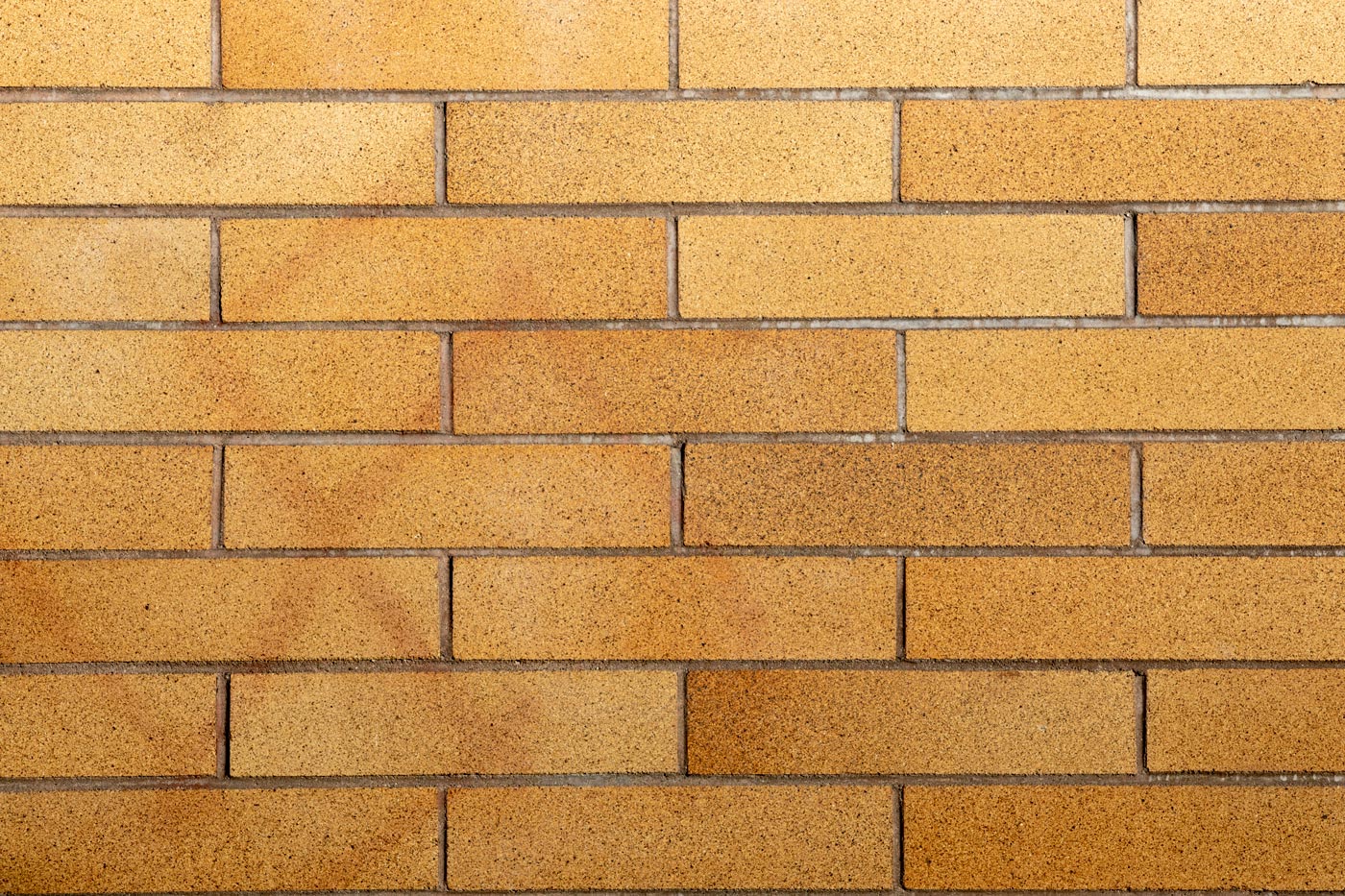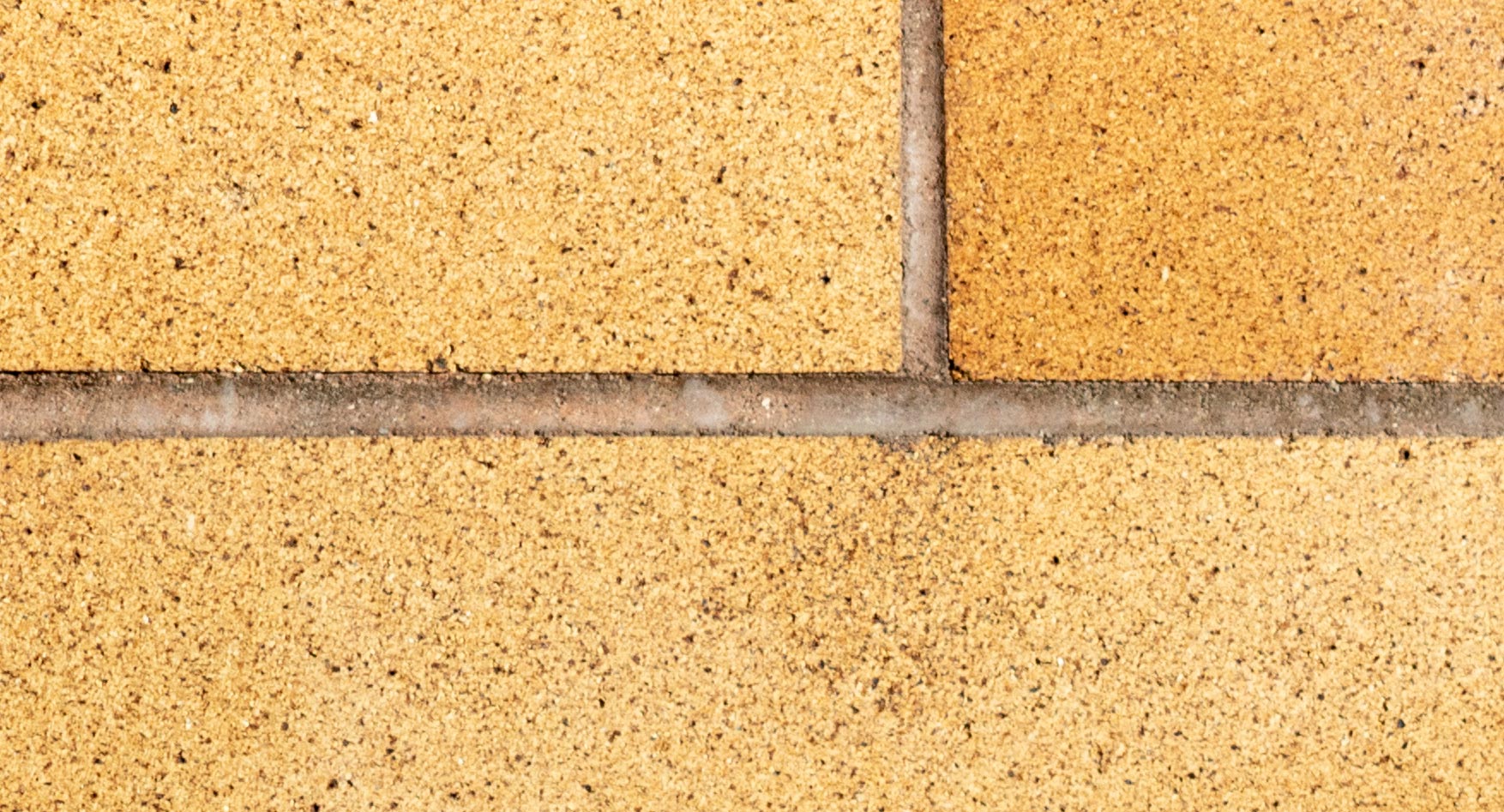My S 135mm 1:3.5 III (Ser. No. 108088) mounted on my Canon VT de luxe. I have the 135mm viewfinder for this lens but it is not needed on this camera because of the excellent camera viewfinder.
S 135mm 1:3.5 III
The Canon Museum tells us that Canon issued three 135mm 1:3.5 lenss from
1952 through 1961. I think that they
were always tinkering with their
lenses, adding this and that,
often without designating a new
model designation. This is why Kitchingman has been able to identify eight variations of these lenses which he lists in his work “Canon M-39 Rangefinder Lenses“. We will be referring to this book which we shall refer to simply as “K”.
The first Canon lens, the 135mm 1:3.5 I
introduced in December of 1952, is a chromed brass lens. “K” lists four variations, Types 1 thru 4, of this lens, all in chromed brass.
The 135mm 1:3.5 II introduced in April of 1958, is finished in an attractive satin black instead of the chromed brass. “K” gives details of two variations on this lens, “K’s” Types 5 and 6. Finally, we get to my lens, the 135mm 1:3.5 III. “K” lists two variations of this lens as well, Types 7 and 8. Mine is a Type 8.
I can find no indication that the optical formula changes from model to model. The changes appear to be in building materials and structural details.
Of course the aperture setting ring on the right end is not exposure coupled. However, this is not a problem as this lens was never meant to focus through the lens.
“K” says that the Type 8 lens, one of the two Types that make up the 135mm 1:3.5 III, has serial numbers falling between 106647 and 110715. Mine is #108088. Also the “Canon Camera Co Inc.” on the name ring was replaced by simply “Canon” and the prefix “No.” was missing from in front of the serial number. My lens seems to tick all of these boxes.
Canon stopped selling rangefinder cameras in December 1968. However because of the quality of the 135mm lens
and large user base of rangefinder cameras “K” says that he believes Canon made a batch of 4068 Type 8 lenses in late 1970. Apparentyly they have become somewhat rare now.
This view from the front yard is with the 135mm f/3.5 III set at f/8. At first blush this seems to be an acceptible lens from corner to corner.
Examining the center of the same image suggests that it is an excellent lens with good definition and contrast.
Shooting with the 135mm Lens
This is a handsome lens and it looks really nice on on the VT de Luxe or any of the later rangefinder Canons. But that is not how I test this lens. Rather I mount it on my Canon R where we can really get into the pixels!
The focus ring is large, easy to grasp, and silky smooth to turn. Unfortunately, as you focus the whole front of the lens rotates including the aperture ring. This can hide the aperture scale however but to get around this there are two aperture scales, one on each side of the lens barrel so that one is always visible..
This is also annoying when focusing on the Canon R as we are focusing through the lens. This means focusing with the lens wide open and then stopping down. You have to be careful not to disturb your focus.
Walking into my front yard and looking to the north I am greeted with the view on the left. In this image I have focused on the mountains in the distance and the aperture was set to f/8. This is the full frame.
Below is the center of the same image at 100% in Photoshop. As you can easily see this lens holds up very well and certainly exceeds the resolving power required for the finest films stock.
That said, what about the corners? Well, for that we use the very technical Brick Wall Test. We aim the camera at a brick wall and look at the results. Below is the full frame of the wall, the center at 100% and the corner at 100%. The fist three images look at the lens wide open. The second trio are at f/5.6. Beyond 5.6 things only get better so these 6 pictures give us a pretty good analysis.
Images at f/3.5
This is the full frame image taken wide open at f/3.5. Note the lack of vignetting. Just a small amount, hardly noticeable.
At 100% center sharpness and contrast are pretty good. The problems in this image are only apparent when you compare with the image below.
Images at f/5.6
In the center at 100% we see a noticeable improvement in what was already an excellent image. It is sharper with better contrast.
From these few iages we can see that this lens yields excellent images when compared to modern lenses. It seems that all of the 135mm f/3.4 lenses have the same optics and so I assume they all perform equally well. Considering that the camera here records far more detail than the best film camera, this lens is more than adequate for a film camera.
One last image. This is not the best image but then it is winter here as I write this and it is rainy and dreary outside. I didn’t spend much time out there taking these pictures. But it does show you that this lens is capable of good photography.
This old pine tree is in the park near home and I have loved its rough textured surface. It was a grey day and so I took the picture at f/5.6 so the depth of field is shallow as you can see with the branches. This ould probably be a better image in black and white with lots of added contrast. However, as you can see, this lens does render color really well. (I have pushed the Saturatin Slider a little to create this image.)
This website is the work of R. Flynn Marr who is solely responsible for its contents which are subject to his claim of copyright. User Manuals, Brochures and Advertising Materials of Canon and other manufacturers available on this site are subject to the copyright claims and are the property of Canon and other manufacturers and they are offered here for personal use only.

















